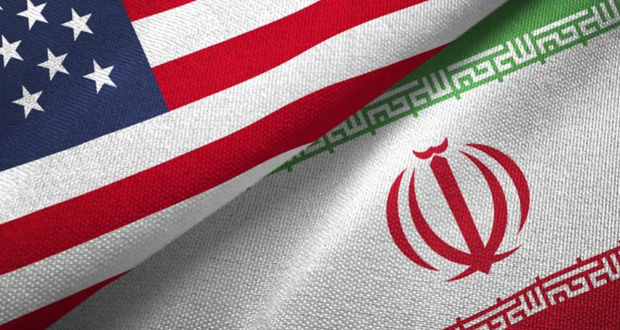In the wake of the helicopter crash that tragically claimed the lives of President Ebrahim Raisi and Foreign Minister Hossein Amir-Abdollahian, Iran finds itself at a critical juncture, grappling with both internal and external challenges. Foremost among them is its relationship with the US. Iran is in the middle of a tense regional competition with Israel over the latter’s war in Gaza with Hamas. Washington is invariably drawn into what constitutes a historically contested triad shaping stability and instability in broader West Asia. Iran’s leadership crisis may have come at an important time for the US, amid an ongoing political slugfest at home in an election cycle and a litmus test for US relations with Israel. Two factors, however, are likely to dampen any US expectations from Iran. Iran’s topmost leadership remains intact under the aegis of the supreme leader, Ayatollah Ali Khamenei, and the next president will be expected to meet the benchmarks set by previous leaders.
Iran is in the middle of a tense regional competition with Israel over the latter’s war in Gaza with Hamas.
For the US, the Iran challenge is likely to remain complex, both due to the leadership transition inside Iran and the growing regional power and influence projected by Tehran. If the Biden administration, despite its initial will, couldn’t bind Iran within the constraints of the Joint Comprehensive Plan of Action (JCPOA), a possible Trump presidency would be even less likely to succeed. Regional anti-American sentiments in West Asia, especially among Iran and its proxy groups, seem further entrenched. However, the Biden administration has an opportunity to mitigate regional hostilities by fostering a Saudi-US détente, which remains on the table but is heavily dependent on how much influence Washington can wield with Israel’s highly conservative cabinet in restraining its behaviour in Gaza.
Iran’s regional outlook and relations with the US may not be poised for significant shifts, given the predictability associated with the regime, yet the challenge of nurturing inter-generational leaders looms large for Iran. Leadership succession in Iran’s internal politics has always been meticulously planned and nurtured over the years, undergoing a rigorous process to ensure continuity. Internally, Iran faces a crucial test of its leadership amid a situation it has not encountered in decades. However, there is solace in the fact that Supreme Leader Ayatollah Khamenei remains alive, poised to select the most suitable candidate.
Internally, the vacuum left by the untimely demise of two top leaders presents a crisis as well as an opportunity. However, the socio-cultural divergence with the West, exemplified by the Iranian leadership’s lingering reluctance to embrace any change, may continue to strain the relationship. The crisis in leadership compounds this internal struggle, as no state wishes to appear leaderless during times of uncertainty.




